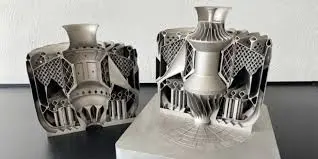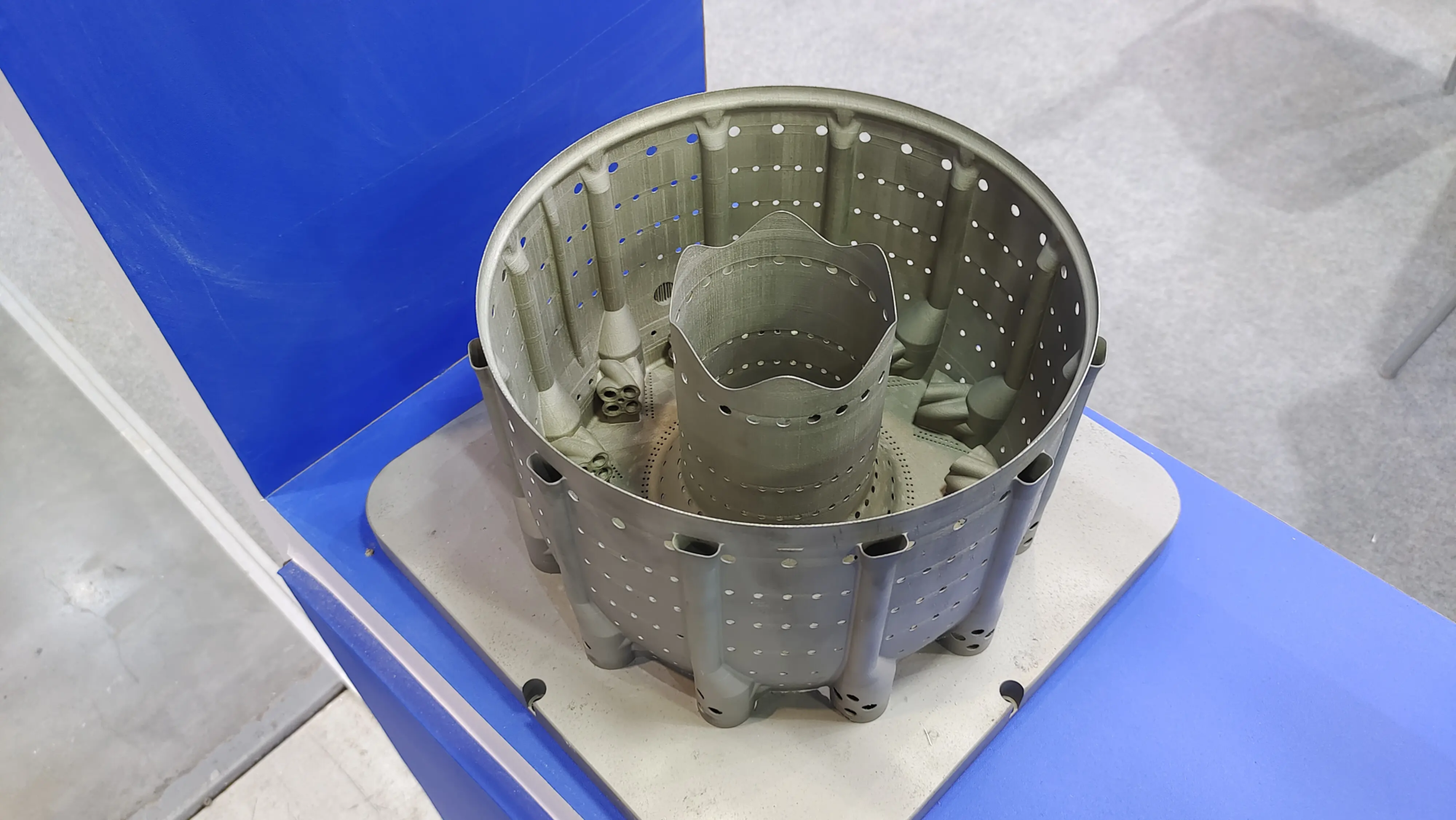|
On March 20, 2025, according to the Library of Resources, the MIT research team recently developed a new method which can develop an artificial muscle tissue which can contract in several directions, closer to the way in which natural muscles move than before.
This technology, published in the journal Biomaterials Science, precisely controls the training and arrangement of muscle fibers through microtopology printing methods, should play an important role in the fields of biomixing robots, regenerative medicine and research on muscle disease.
Microtopology Printing Technology (stamp)
At the heart of this study is microtopological printing technology (Stamp), which controls muscle growth by microscopic precision. The research team has taken an easy method to create structured grooves in a soft hydrogel using a 3D print pan. These grooves guide muscle cells to develop, ensuring that they are arranged in functional fibers which are capable of contracting in several directions.
The study was led by Ritu Raman, professor of career development of Eugene Bell at the MIT Department of Mechanical Engineering, and received funding from the Office of Naval Research (ONR), the Army Research Office, the National Science Foundation (NSF) and the National Institutes of Health (NIH).
Experimental verification of artificial iris
To verify the effectiveness of the method, the research team has created an artificial iris, a biological hybrid actuator designed to simulate the dilation and the contraction of students in human eyes. The structure has two different provisions of muscle fibers: one shape a concentric circle and the other radiates outside. Both work together to produce controlled contractions under light stimulation, demonstrating a rare coordination capacity in engineering muscle tissue.
Natural muscle fibers do not develop in perfect straight lines, they are versatile in orientations, which leads to a wide range of movements. However, traditional conceptions of artificial muscles are often limited to single management contractions, which limits the development of biomixing actuators with a complex multi-axis movement. Stamp technology can guide muscles to develop in more complex diagrams, bringing artificial tissue closer to the functions of the organic fabric.
Researchers have developed a new “imprint” method. First of all, they printed a small pocket seal (above) with tiny grooves on the seal, each as small as a cell. They then press the seal in soft hydrogel and implant real muscle cells in the resulting groove. The cells develop along these grooves in hydrogel to form fibers (below). Image of MIT.
Accessibility and technology IT model
The search team used high -resolution 3D printing technology to create a print mold with microscopic grooves that correspond to the size of individual muscle cells. The protein coating on the print mold guarantees a clear imprint on the hydrogel without damaging the material. After stamping, the mold provides a specific plan for the growth of muscle fibers, forming a structured tissue network which can maintain the function for a longer period.
In addition, calculation models play a key role in validation of technology. The simulation predicts that the cultivated muscle fibers using the buffer method will contract in a coordinated multidirectional manner, a prediction confirmed by experimental tests. The artificial performance of the IRIS was as planned, demonstrating the ability to control students’ contraction and was very close to natural functions.
Future demand prospects
Although the study was mainly focused on skeletal muscle, the method was not limited to a type of cell. Researchers think it can be applied to neurons, cardiomyocytes and other fabrics to create specific structures of bio-engineering materials. In the future, this technology should be applied in fields other than medicine. For example, muscle actuators can provide energy saving alternatives to soft robots, especially in environments where flexibility is necessary. The ability to create a multi-dof movement can make biomixing robots more adaptable and dynamic.
Progress in other artificial muscle research
In addition to the research on MIT, the scientists of the North West University have also developed a gentle and flexible actuator which allows robots to imitate human muscle movements by expansion and contraction. The apparatus, led by Professor Samuel Truby, was tested in soft green robots and artificial biceps, successfully raising 500 grams of weight 5000 times without defect. Made of rubber and thermoplastic polyurethane, the actuator is at low cost and adaptable, resolving the challenges of safety and flexibility in the field of robotics.
A new crawling robot designed by Northwestern University researchers can walk in narrow pipe environments
Researchers from the Italian Technology Institute (IIT) have developed a robotic hand that uses 3D SLA to print artificial muscles that can grasp objects with human efficiency. The hand is fueled by geometrically geometrically geometry contraction and extension actuators (graces), made from pleated resin films capable of stretching and contracting like biological muscles.
An actuator of 8 grams is capable of lifting 8 kg of weight, demonstrating its strength and flexibility. The search team has connected 18 actuators to make human finger and wrist movements, proving that the functional artificial muscles can be made in a step through 3D printing, simplifying the manufacturing process of soft robot systems.
Conclusion
MIT stamp technology offers new possibilities for the manufacture of artificial muscle fabrics, which brings it closer to the functions of natural muscles. Combined with the progress of other research teams in sweet robotics and artificial muscles, this technology should revolutionize health care, robotics and other areas. With the subsequent development of technology, artificial muscle and biological hybrid robots will play a greater role in the future and will promote progress in related fields.
|





